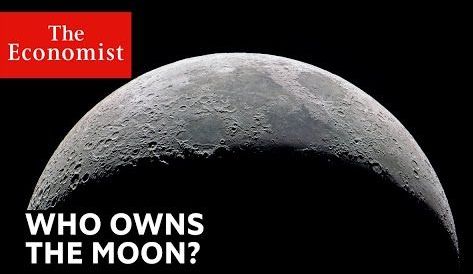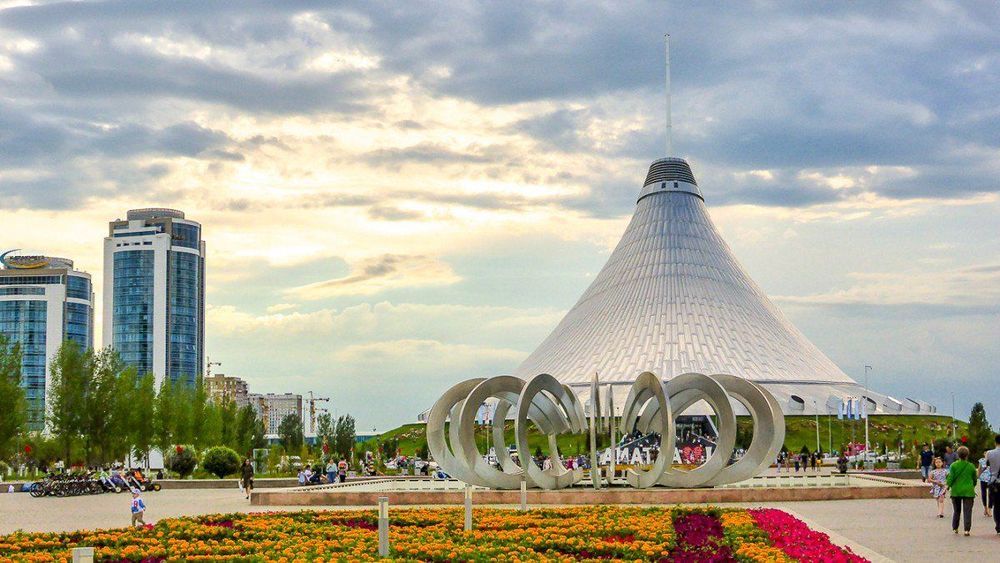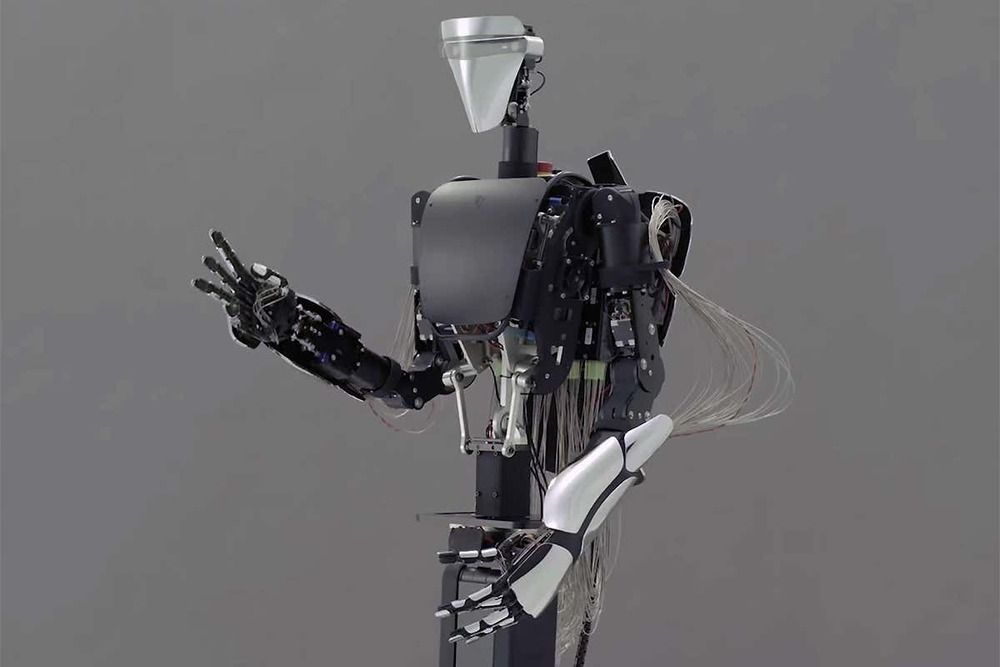50 years after the first Moon landing, humanity is getting ready to go back. Countries and companies are planning dozens of lunar missions—for research, for resources and even for tourism, which begs the question: who, if anyone, owns the Moon?
Click here to subscribe to The Economist on YouTube: https://econ.st/2xvTKdy
Who owns this? Is it America — the country that planted a flag on it?
Or this man — who has been selling plots of it for almost 40 years?
Or is it us — and anyone else who bought one and has the certificate to prove it?
Today many believe the Moon could be the next frontier for tourism, space exploration or even the mining of precious natural resources. Which means this question might be about to become a lot more important.
In 1969 an estimated 650m people watched as Neil Armstrong took his first step on the surface of the Moon. Five more landings followed. And then for almost 50 years no humans went back. That is about to change.
There are dozens of lunar missions planned over the next 20 years and some will carry crews. The first to land could be in 2024 when NASA hopes to send a crew to the lunar south pole — where it’s believed water may be frozen in craters. That crew may well include the first woman to land on the Moon.








